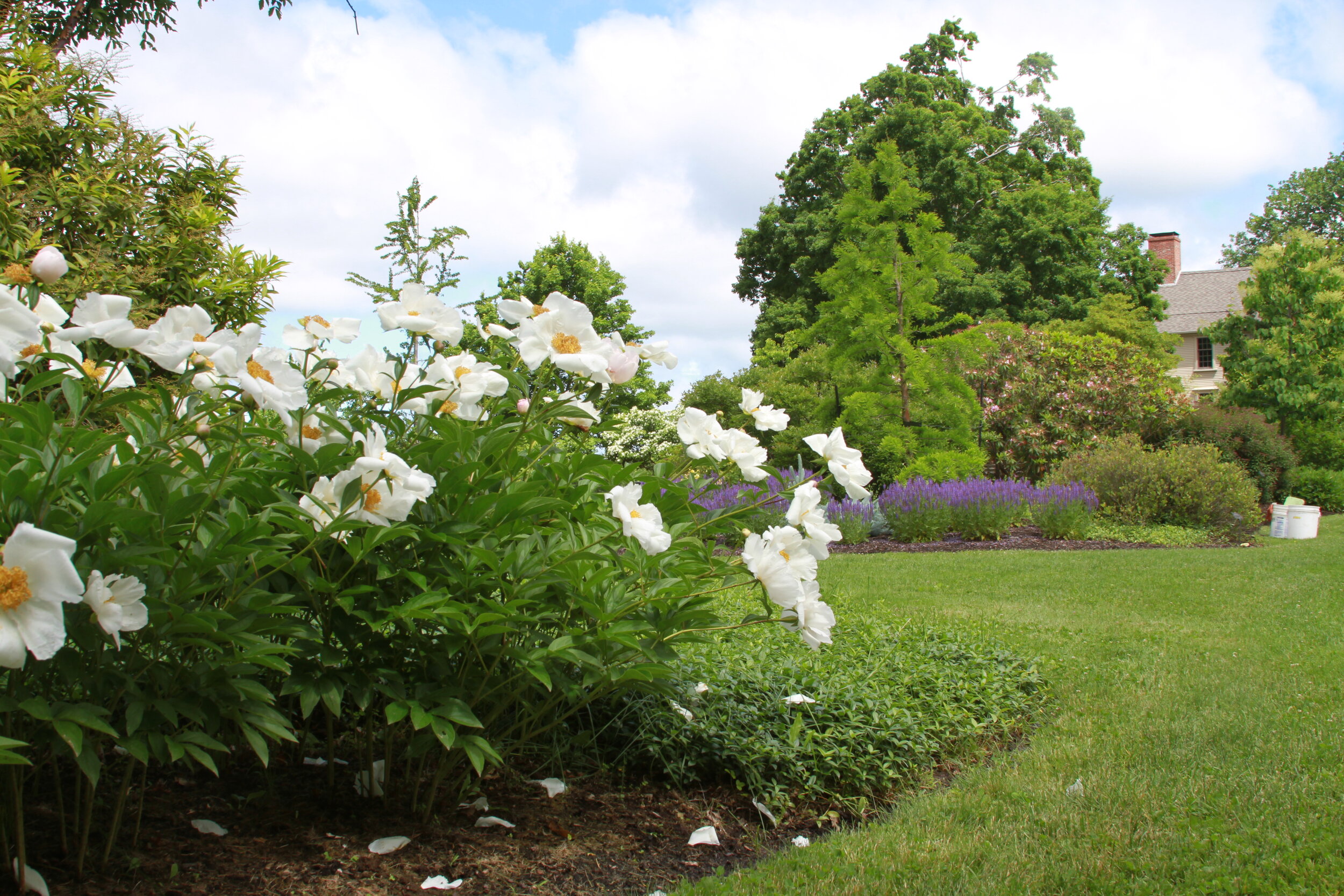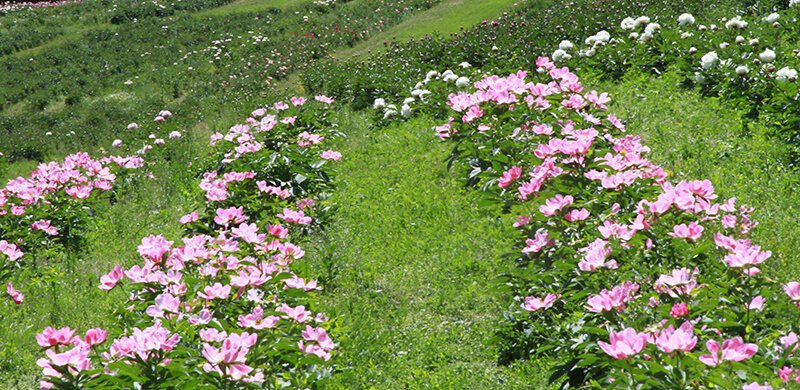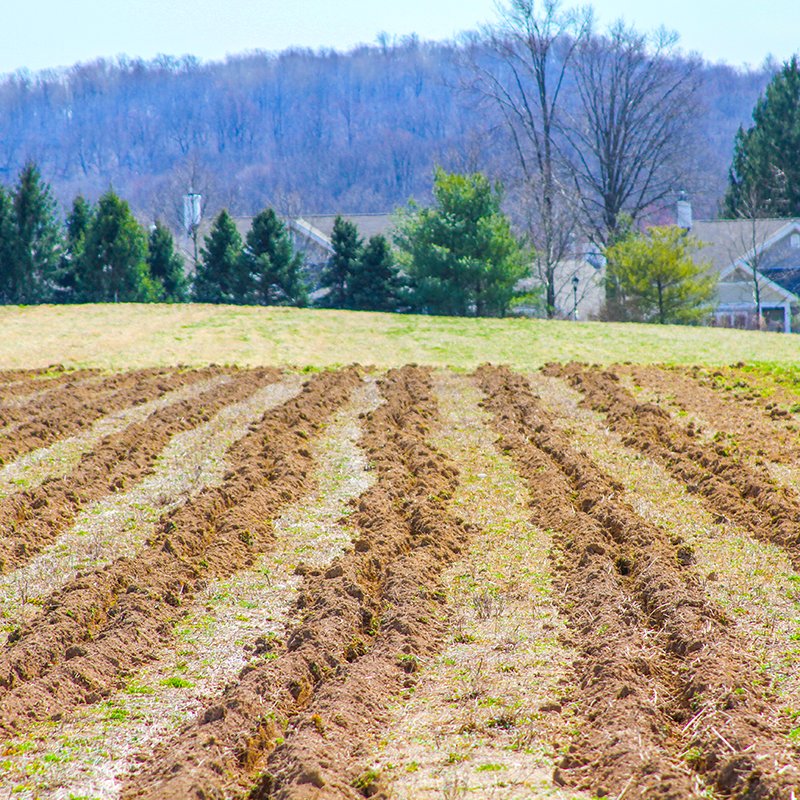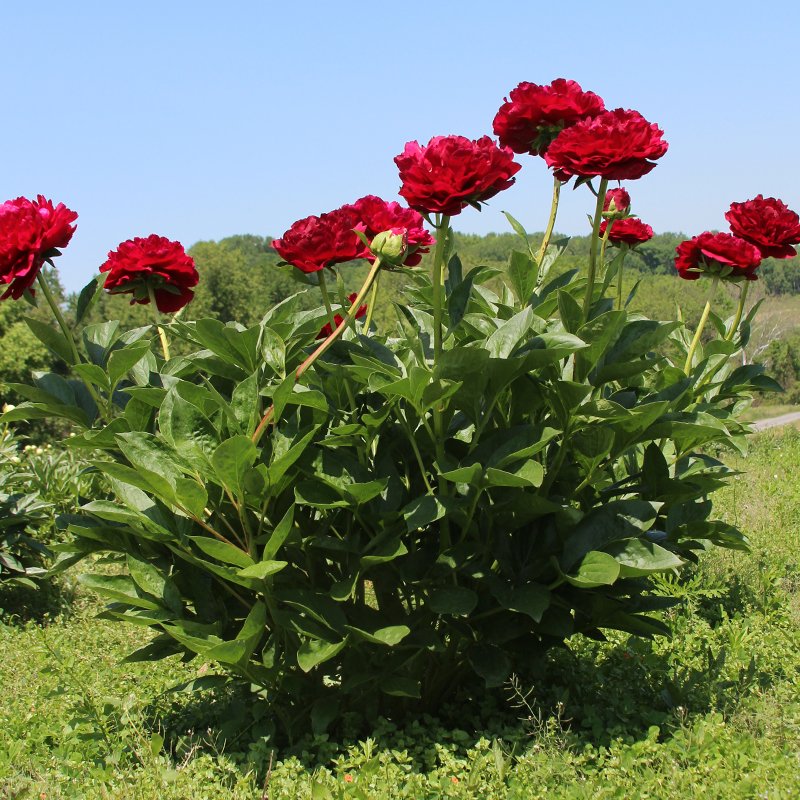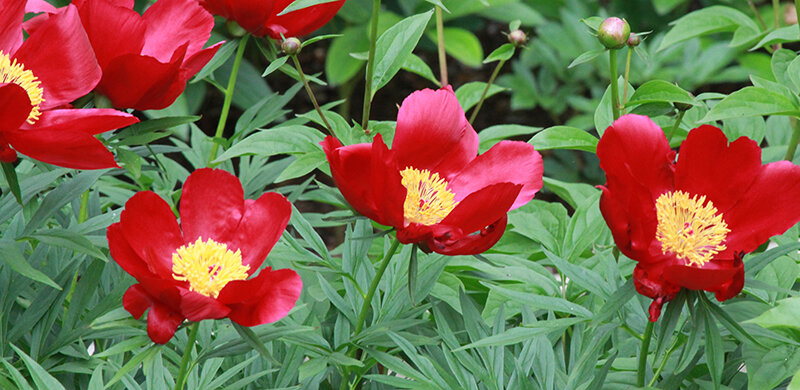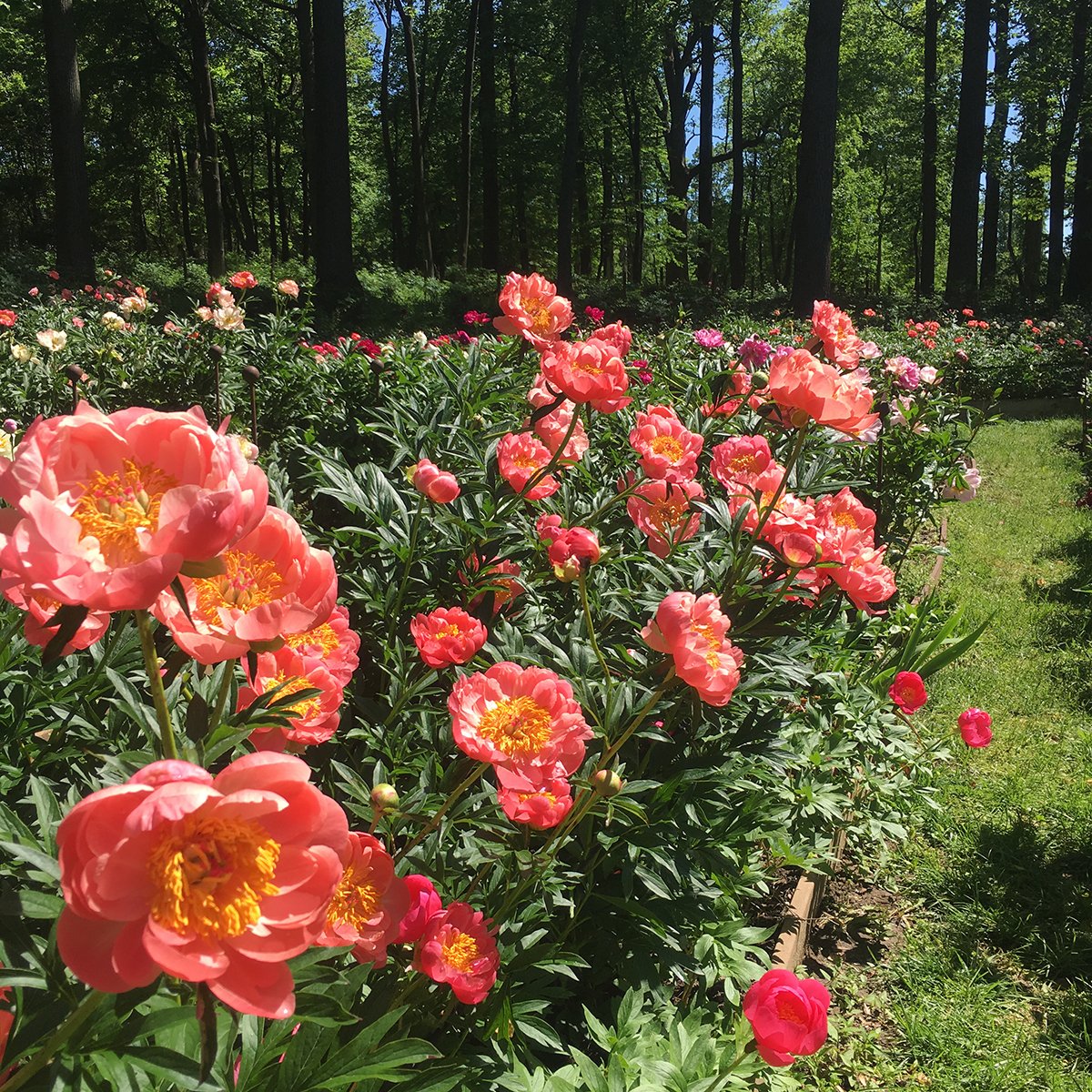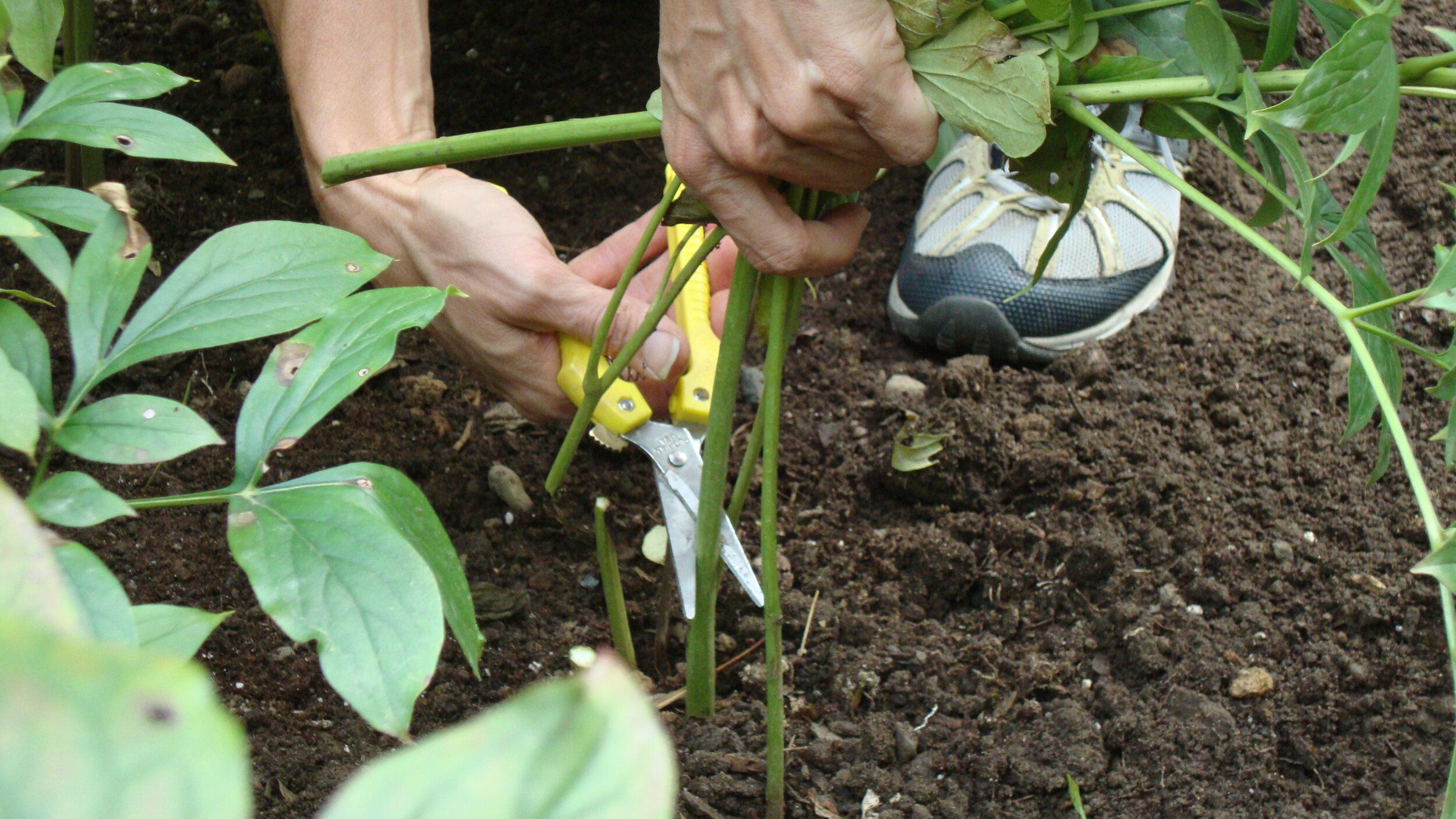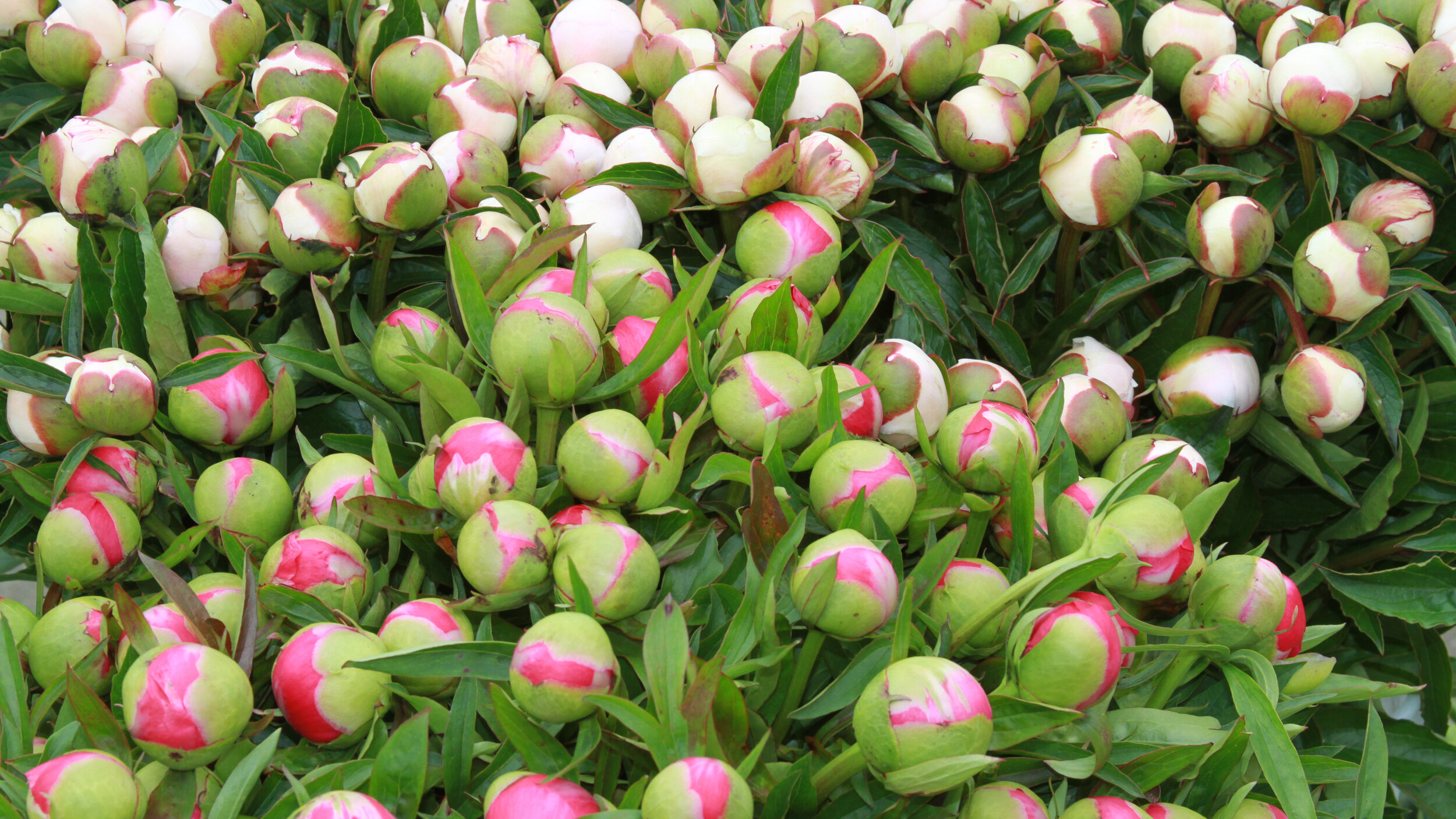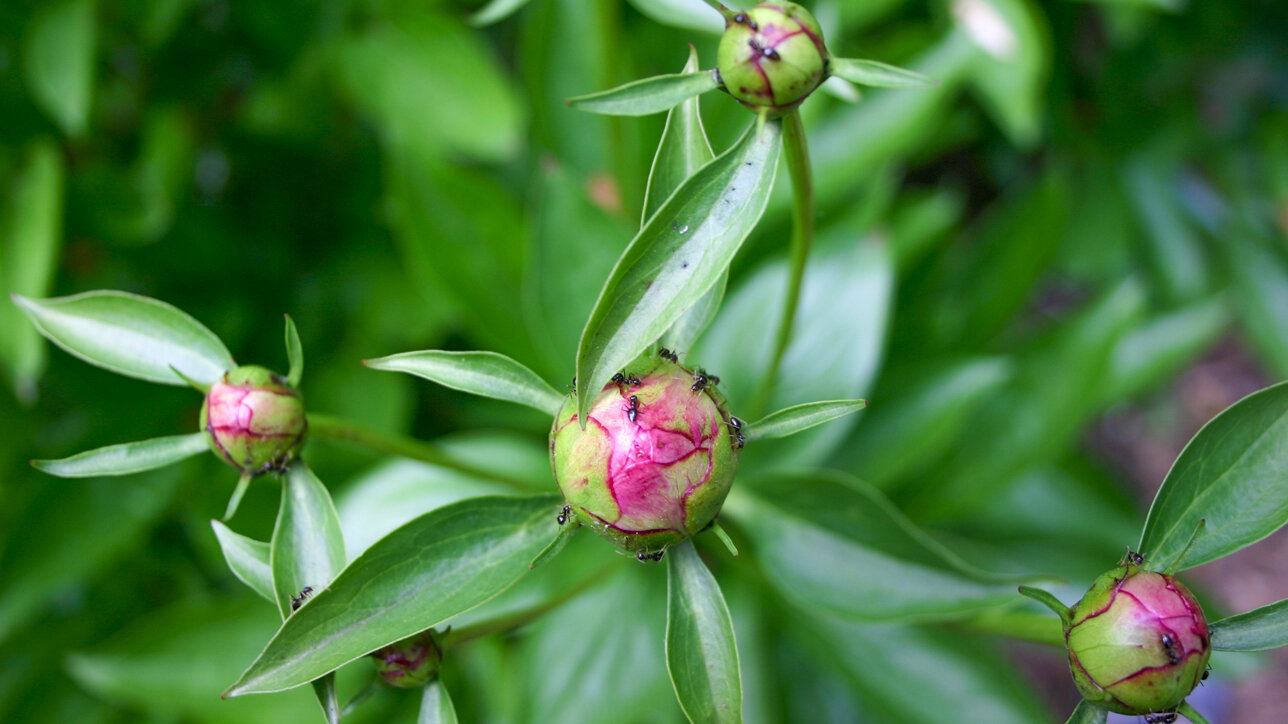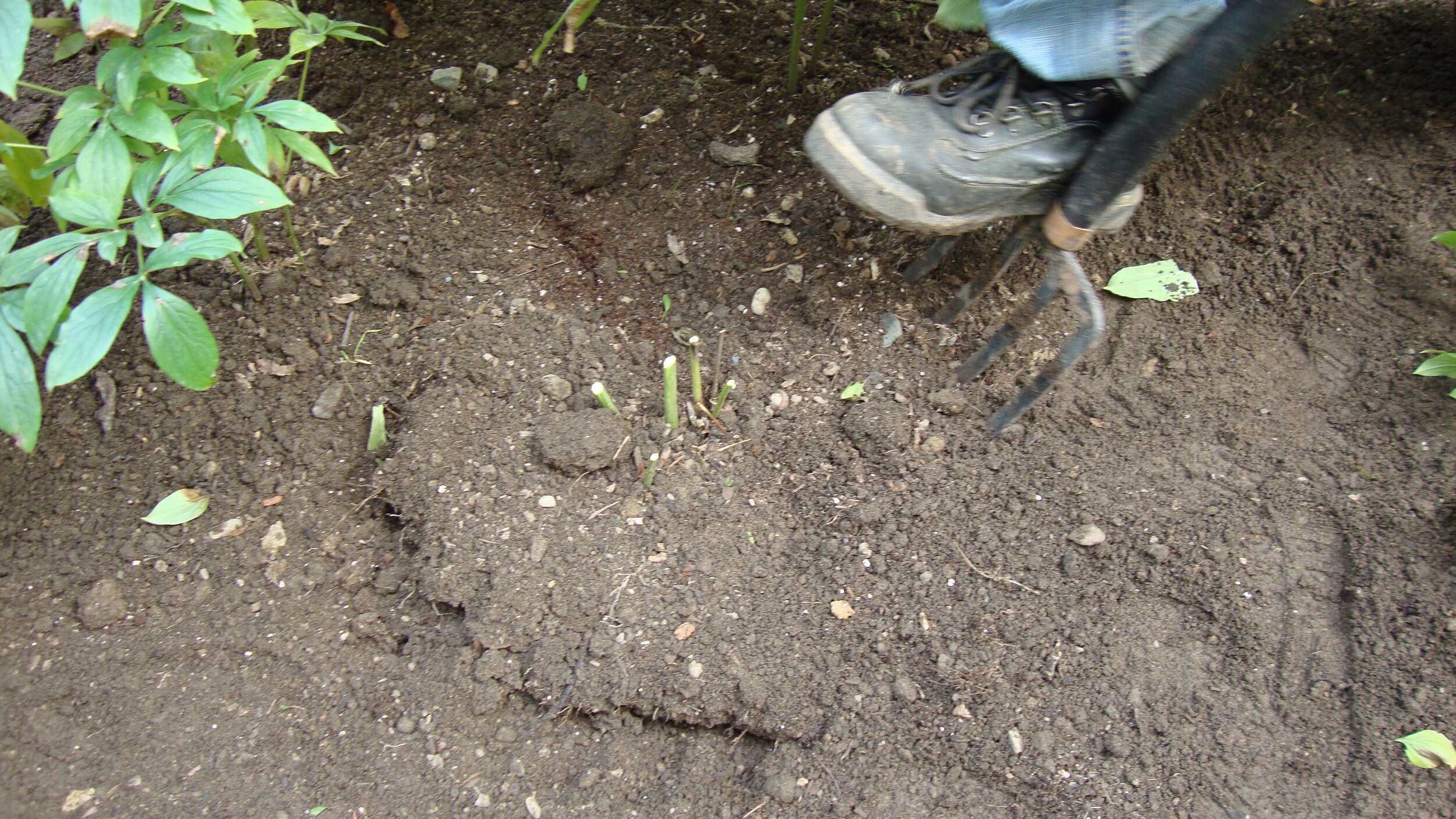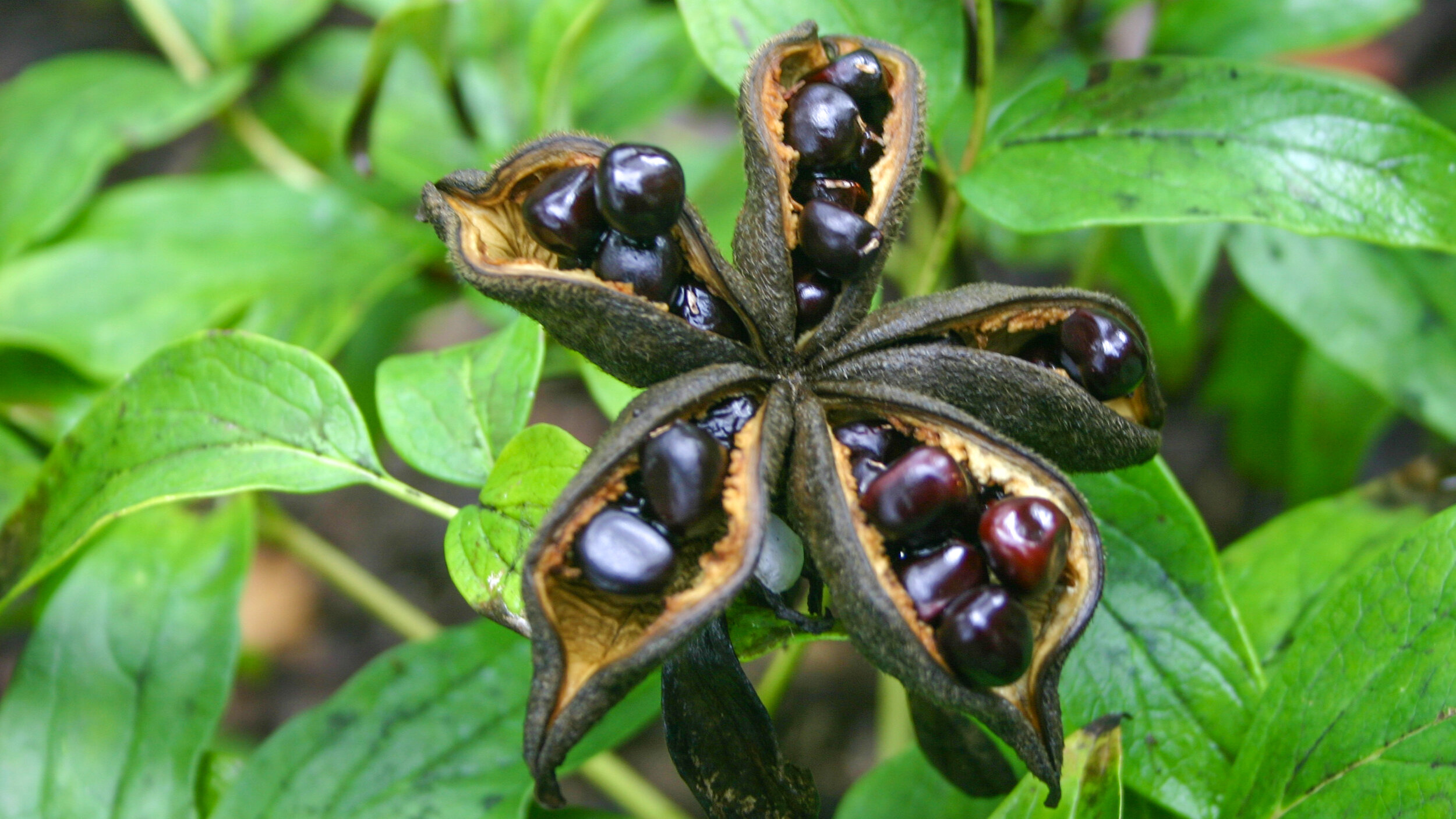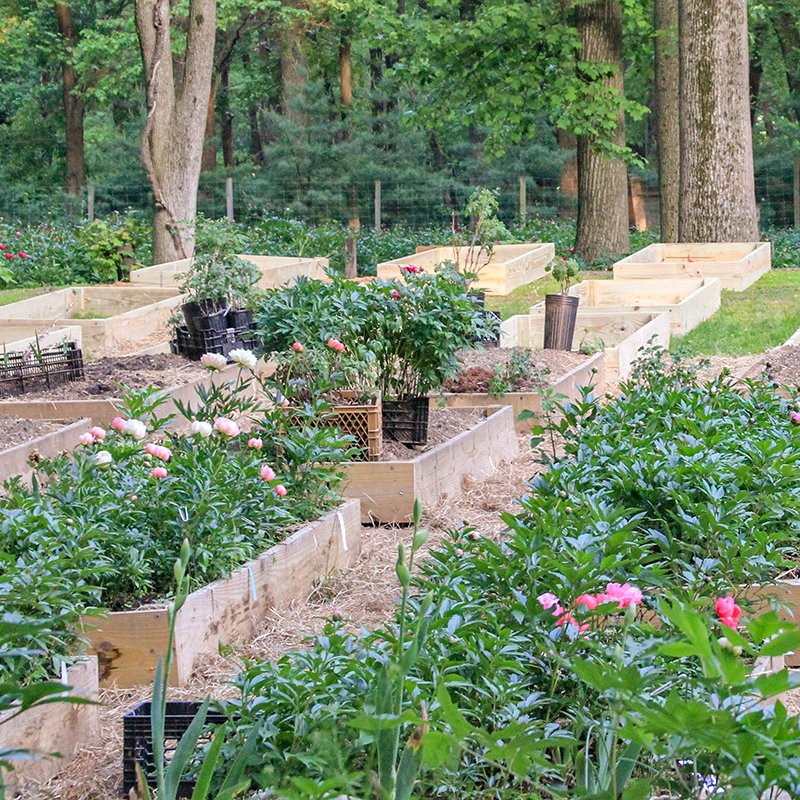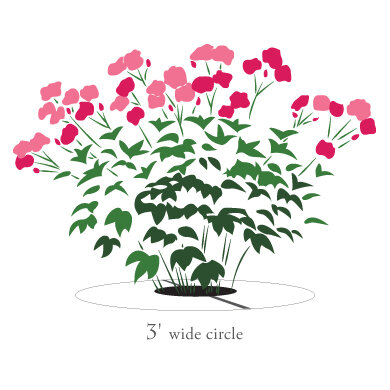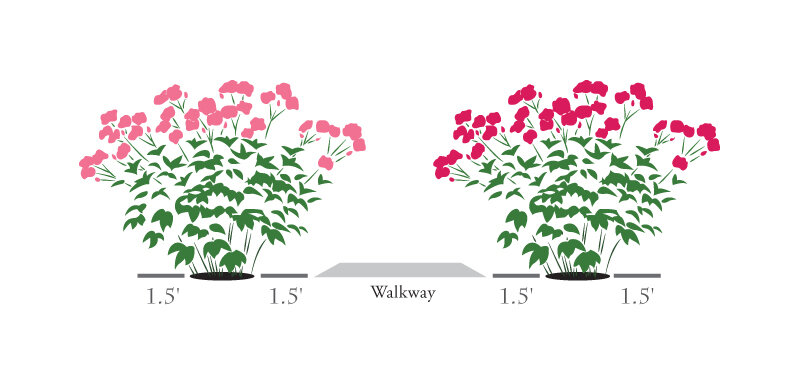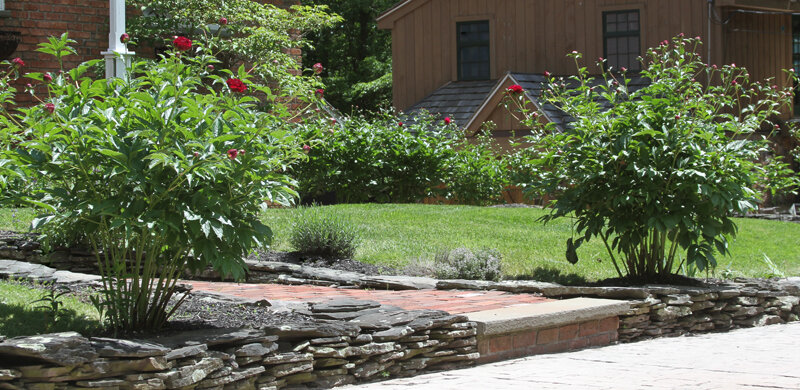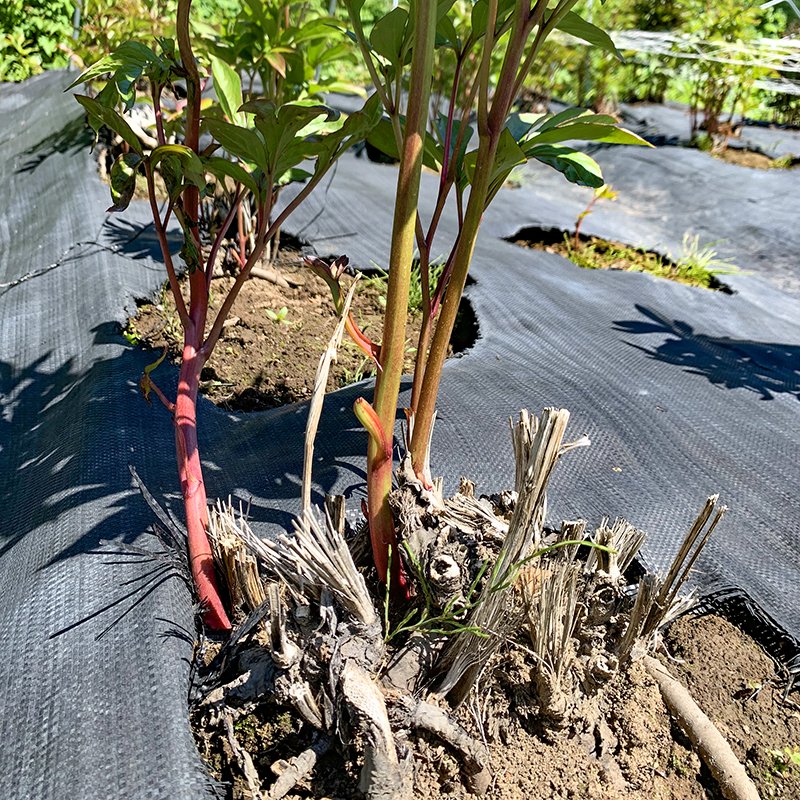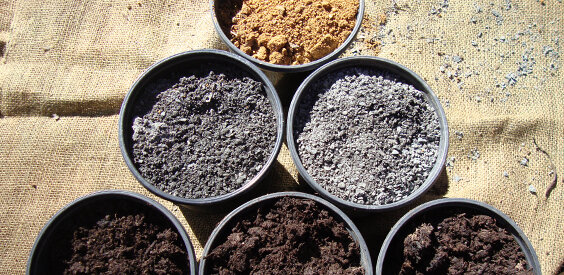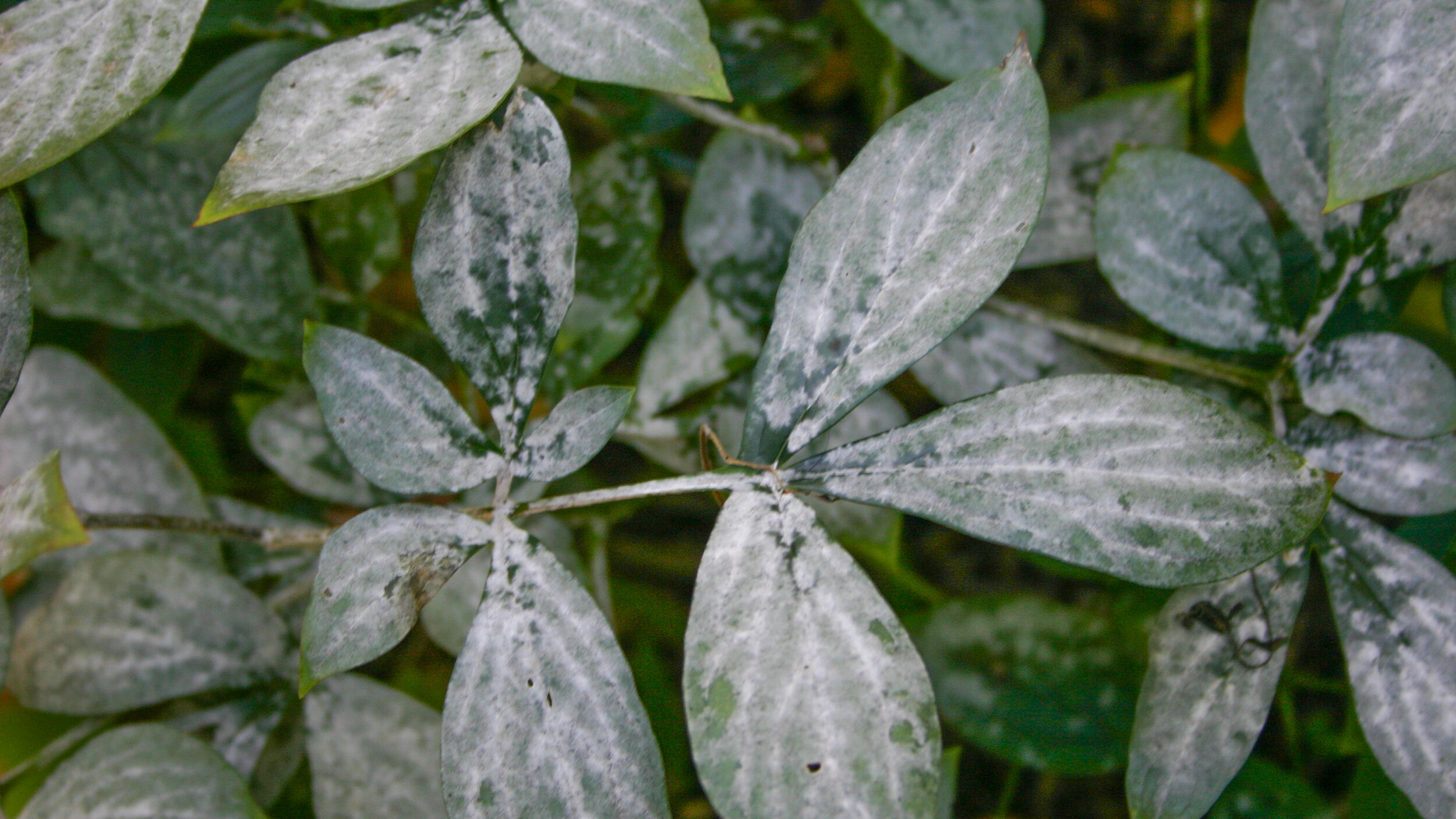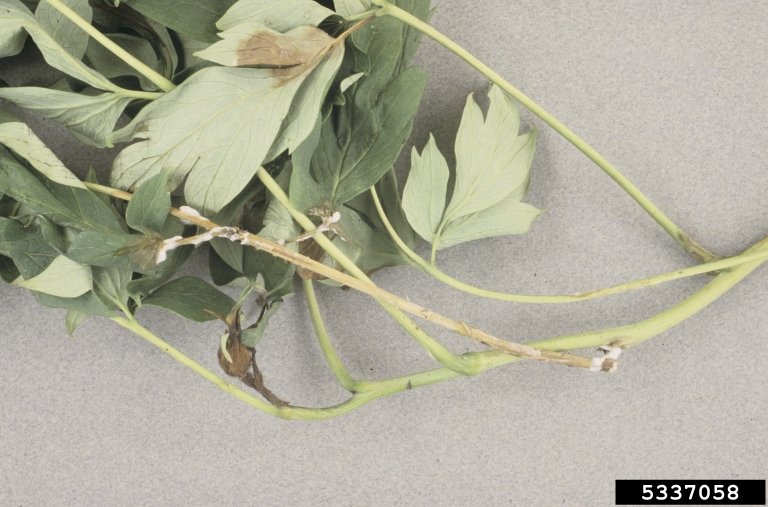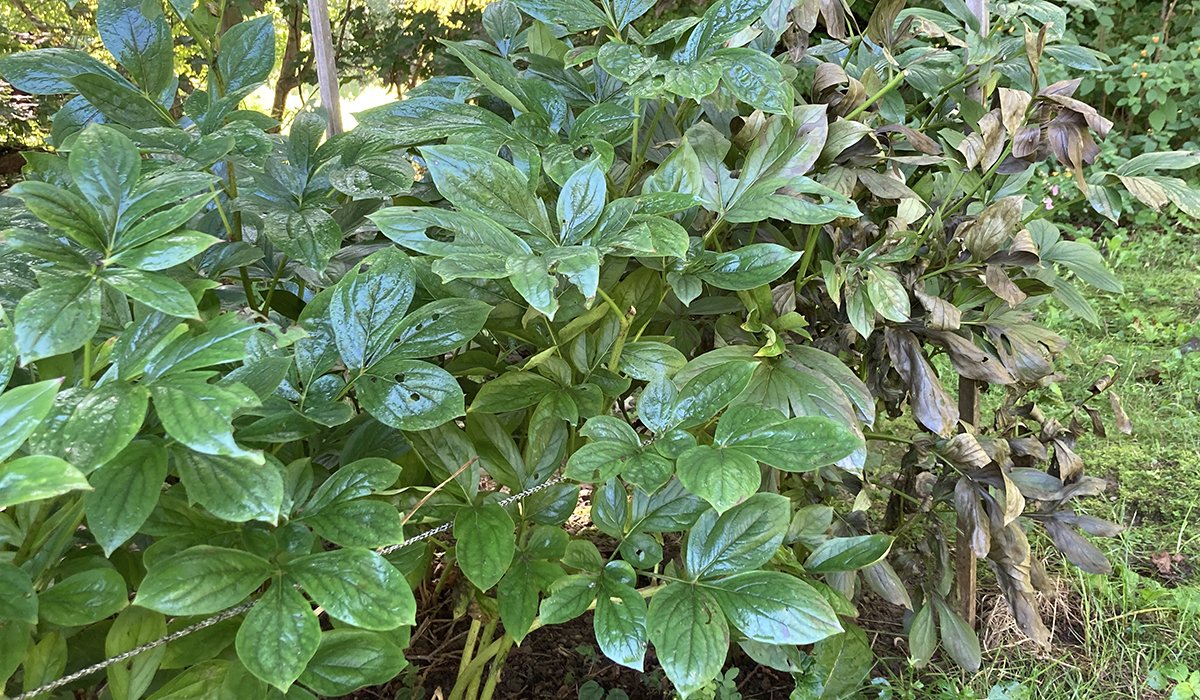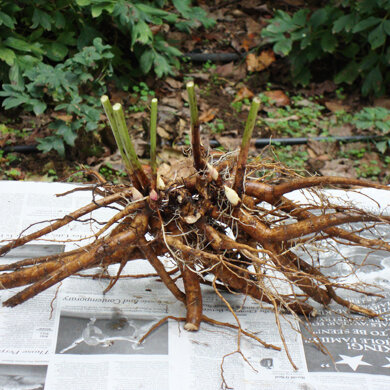SYMPTOMS: Sclerotinia Rot is a soil-borne fungus.Rot begins at the base of the plant with water-soaked stem lesions. Leaves will turn yellow and die. During times of high humidity a white cotton-like fungus spreads around the base of the plant and the soil. The fungal fruiting bodies appear like small collections of mustard seeds on the ground near the base of the plant.They may eventually form a crust on the soil.
TESTING: We encourage you to get your plants tested so you know exactly what you are dealing with. Send a sample to your State’s Agricultural University ‘s Plant Diagnostic Center for laboratory diagnosis and treatment recommendations. At Peony’s Envy we use both the Plant Diagnostic Laboratory of Rutgers NJAES and the Cornell Plant Disease Diagnostic Clinic.
OUTLOOK: Sclerotina can kill peonies and other plants.
TREATMENT: Rutgers Diagnostic Lab recommends using either Heritage or Headway for use on peonies for Sclerotina Rot, apply according to manufacturers directions. Be sure to treat both the plant and the soil. If that fails, remove diseased plants and the surrounding soil from your garden, do not compost. Sterilize all tools. Cover the area with clear plastic and leave it for two to three months in the heat of summer. After this period, increase the drainage in your soil and leave the soil fallow for at least one season before replanting.
PREVENTION: Healthy plants are less susceptible to disease. Peonies require the proper amount of sun, nutritious soil, good air circulation, and the right amount of water. Encourage good air circulation by spacing peonies at least 3 feet apart and by keeping the base of each plant clean and free of weeds. Water only as needed and always in the morning using drip irrigation; do not use overhead irrigation and avoid watering at night. Never plant peonies in low-lying areas where soils flood. Amend soils prior to planting to ensure good drainage and proper nutrition. Use compost to maintain nutritious soil. Keep a close eye on your peony plants especially during early spring rains when fungi and viruses begin to take hold.
Viral Diseases
Peonies are also susceptible to a small number of viruses including peony ringspot virus, leaf curl, Le Moine disease, and the mosaic virus. These are rare, difficult to cure, and it is generally recommended to remove infected plants from your garden.
SYMPTOMS: Poor growth and stunted growth. Leaves will have a mottled/mosaic appearance. Portions of the leaves can turn yellow and die. Can be spread by insects or tools.
TESTING: We encourage you to get your plants tested so you know exactly what you are dealing with. Send a sample to your State’s Agricultural University ‘s Plant Diagnostic Center for laboratory diagnosis and treatment recommendations. At Peony’s Envy we use both the Plant Diagnostic Laboratory of Rutgers NJAES and the Cornell Plant Disease Diagnostic Clinic.
OUTLOOK: Viral diseases can kill peonies and other plants. Remove and dispose of infected plants, do not compost.
PREVENTION: Healthy plants are less susceptible to disease. Peonies require the proper amount of sun, nutritious soil, good air circulation, and the right amount of water. Encourage good air circulation by spacing peonies at least 3 feet apart and by keeping the base of each plant clean and free of weeds. Water only as needed and always in the morning using drip irrigation; do not use overhead irrigation and avoid watering at night. Never plant peonies in low-lying areas where soils flood. Amend soils prior to planting to ensure good drainage and proper nutrition. Use compost to maintain nutritious soil. Keep a close eye on your peony plants especially during early spring rains when fungi and viruses begin to take hold.


